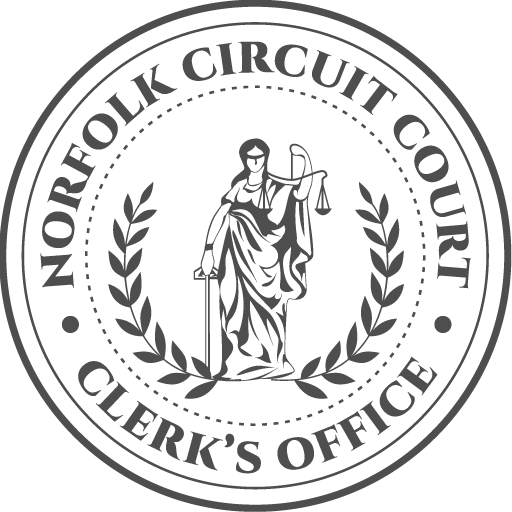Governor's Technology Award Nomination
Our office was nominated for the Governor’s Technology Award for our automation of the court debt collection process. Although we did not win the award, this office is proud that we have taken a time consuming, labor intensive process and automated it requiring zero staff time. Please read the nomination below.
ENTRY TITLE: Innovative Use of Technology in Local Government.
NAME OF INITIATIVE: Court Cost and Fines Receivables Reduction.
DATE LAUNCHED: November 2014
BRIEF DESCRIPTION: We developed an automation process to increase the number of garnishments processed, increase court debt collections while minimizing staff requirements.
EXECUTIVE SUMMARY: Court debt continues to grow every year. Although some court debt is uncollectable due to incarceration, etc., there is a significant amount of court debt that could be collected. The length of time and staff resources necessary to make any measurable impact is not achievable due to legacy costs of additional staff. Court costs and fines provide a revenue stream to operate the courts of the Commonwealth. It is incumbent on us all to ensure court costs and fines are recovered, providing the continued operation of the courts at the lowest burden on the taxpayers. Court debt has steadily increased over the years for a variety of reasons. With $54 million dollars in court debt in FY2015 along with the steady increase of unpaid debt, we had to develop a method to increase the number of garnishments the Commonwealth’s debt collector could submit. The Compensation Board allocates an average of 2.31 hours to process all civil filings, of which garnishments are a part. Based on current staffing, this office was only able to process an average of 50 garnishments per month. The only solution was to develop an automated process requiring minimal staff resources. We developed a software solution to automate the processing of case entry and document preparation allowing an 83% increase in the number of garnishment actions handled in this office.
BUSINESS PROPOSITION: Goals of the proposal are:
1. Increase the number of garnishment processes
2. Decrease the amount of staff resources necessary to achieve goal number 1.
3. Increase collection of court debt.
4. Reduce the annual growth of receivable court debt.
INNOVATION AND TECHNOLOGICAL MERIT: We developed a programming interface which allows the collection agent to submit garnishment requests on a simple Microsoft Excel spreadsheet. The spreadsheet contains up to 30 garnishment requests per spreadsheet and allows multiple spreadsheets to be submitted per day. The spreadsheet(s) is transmitted by the collection agent to a secure folder on our system. The program takes the data on the spreadsheet, and;
1. Creates a case in the Circuit Case Management System
2. Creates the Suggestion for Summons in Garnishment, the Garnishment Summons, the Request for Hearing – Garnishment/Lien Exemption, and the Garnishee Information Sheet to Employer.
3. Packages all documents with case numbers into an Adobe Acrobat Portfolio, sending each package back to the collection agent for servicing.
4. The collection agent receives the garnishees payment and enters the payment into the payment portal, transferring the funds to the court.
5. The funds received are credited to the garnishees account in our financial management system.
When the garnishment action has been completed, the collection agent;
1. Prepares a spreadsheet with the closing action and transmits the spreadsheet to our secure folder.
2. The program takes the data on the spreadsheet, entering all information into the case management system
3. The program then creates the order to close the garnishment and places the orders into the in-house developed e-Sign application for a Judges digital signature.
BUSINESS VALUE AND METRICS: Determining the success of the endeavor would require the tracking and review of several metrics. The metrics gathered are:
1. Quantity of garnishment actions processed manually and digitally.
2. Average dollar amount per garnishment action.
3. Person hours required to complete the manual and digital processing of garnishment actions.
4. Average salary and benefit cost and savings as a result of the automation process.
5. Growth of court debt year over year.
SUCCESS AND RESULTS: The following are pre and post implementation results.
1. Manual preparation of the Garnishment action
a. 2.31 hours per garnishment. At 50 garnishments per month equals 115.5 person hours or ¾ full time equivalents (FTE) per month.
b. Average garnishment equals $2,703.75 for a total of $135,187.50 per month
2. Automated preparation of the Garnishment action
c. Average number of garnishment actions per month equals 279. This translates to 644.49 person hours, the equivalent of 4.02 FTE
d. Requires no staff resources
e. Average garnishment equals $2,703.75 for a total of $754,346.25.
Since implementation, we have issued 14,687 garnishment actions related to court debt for a total dollar value of $39,709,920.25.
The cost savings to the Commonwealth in this court includes 4 FTE with an average salary of $31,826 plus benefits. (4.02 x $31,826 + benefits $6,046 = $152,245) savings.
The dollar amounts calculated show an average 3.25% increase in court debt receivable each year since 2004. Implementing the automated garnishment process has reduced the average annual increase of uncollected court debt to 1.87%.

